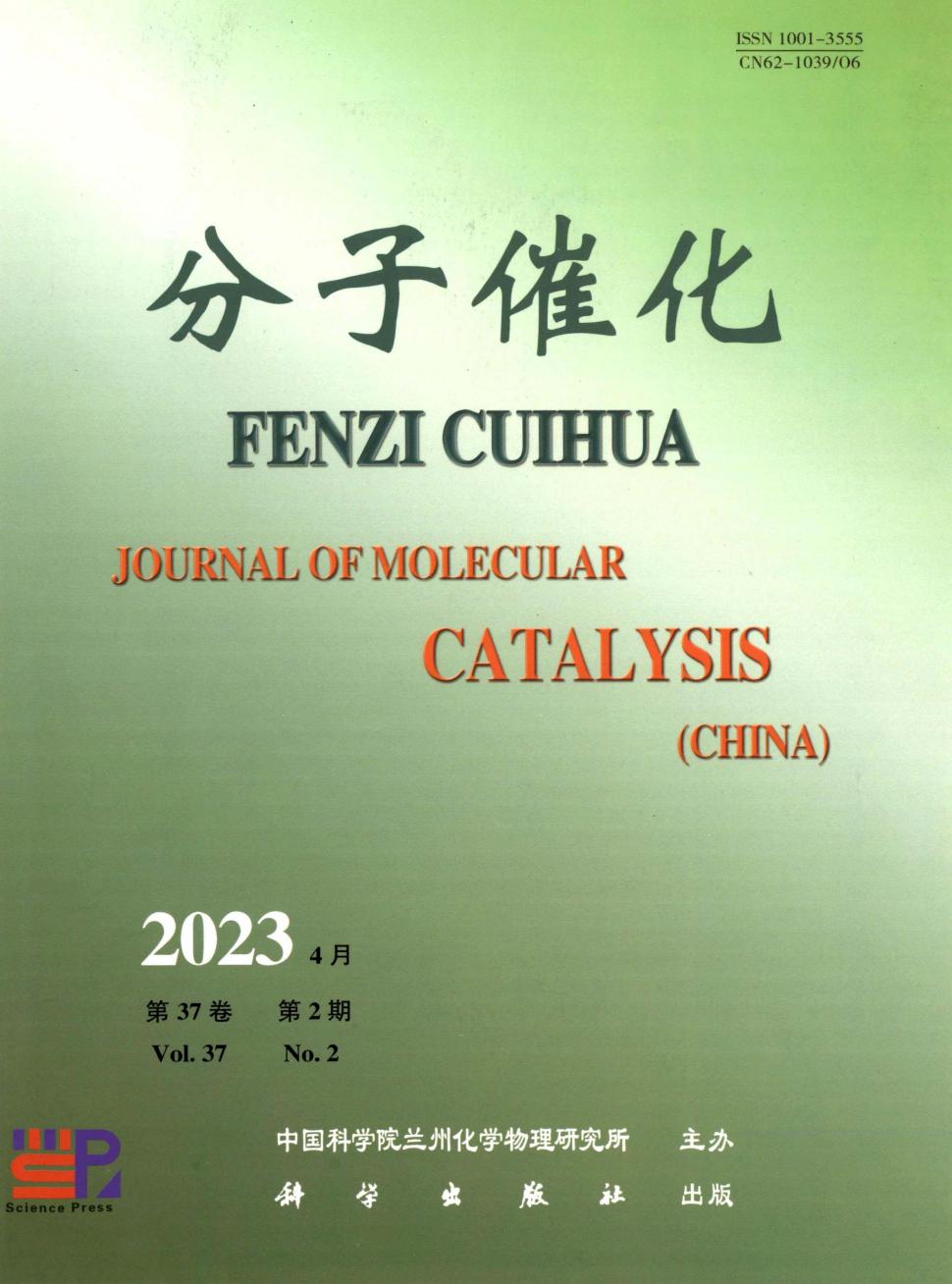Room-temperature hydrogen transfer from liquid methanol or 2-propanol to diphenylacetylene over group VIII metal/TiO2photocatalysts
Abstract
A study of the hydrogenation of diphenylacetylene (tolane) over UV-irradiated metal/TiO2 powders in alcoholic media has been performed at room temperature. The nature of the alcohol exerts a net influence on the activity and selectivity toward cis- and trans-diphenylethylene (stilbene) formation, presumably because of the influence of alcohol on the adsorption of tolane on the catalyst surface. The effect of the nature of deposited metal is closely related to the difference between the amount of hydrogen abstracted and that detected in the gas phase which reflects the photoreductive ability of metal toward hydrogenation of unsaturated compounds at the expense of the H2-evolution reaction. Although the transfer hydrogenation of tolane proceeds at a lower rate compared with the conventional catalytic hydrogenation process because of a low availability of hydrogen photogenerated from an alcohol, good yields in the reduction of tolane and high selectivities toward olefin formation can be achieved by using in situ photogenerated hydrogen. The results obtained in this work show that the photoassisted transfer hydrogenation reaction can constitute a practical synthesis method, particularly by using Pd/TiO2 which exhibits outstanding performance in tolane reduction.

 求助内容:
求助内容: 应助结果提醒方式:
应助结果提醒方式:


